Deals bode well for US-Vietnam ties
Last week saw United States Trade Representative Katherine Tai pay a visit to Hanoi where she met with Vietnam’s Prime Minister Pham Minh Chinh as well as the leaders of six different ministries including agriculture, industry and trade, and foreign affairs.
Tai highlighted the importance of the US’ Indo-Pacific Economic Framework for Prosperity (IPEF) and the US-Vietnam Trade and Investment Framework Agreement (TIFA) which can help both nations increase trade and investment cooperation.
“The trade relationship between the two countries will continue flourishing. The US is now the largest export market of Vietnam, and Vietnam is among our top 10 largest trading partners,” Tai told VIR. “Bilateral trade has increased hundreds of times since the mid-1990s, and the US wants to boost economic ties further between the two countries.”
Tai and PM Chinh highlighted the 10th anniversary of the US-Vietnam Comprehensive Partnership this year, noted the breadth of cooperation between both nations on a wide range of issues, and agreed to further enhance economic and trade priorities.
There was also agreement on the importance of the IPEF to advance sustainable, resilient, and inclusive economic growth throughout the region and in the US.
“The US also looks forward to convening a meeting under the TIFA later in 2023. Ambassador Tai and Prime Minister Chinh agreed to remain in touch on these issues in order to deepen the bilateral relationship,” stated a readout of Tai’s meeting with PM Chinh released last week by the US Trade Representative Press Office.
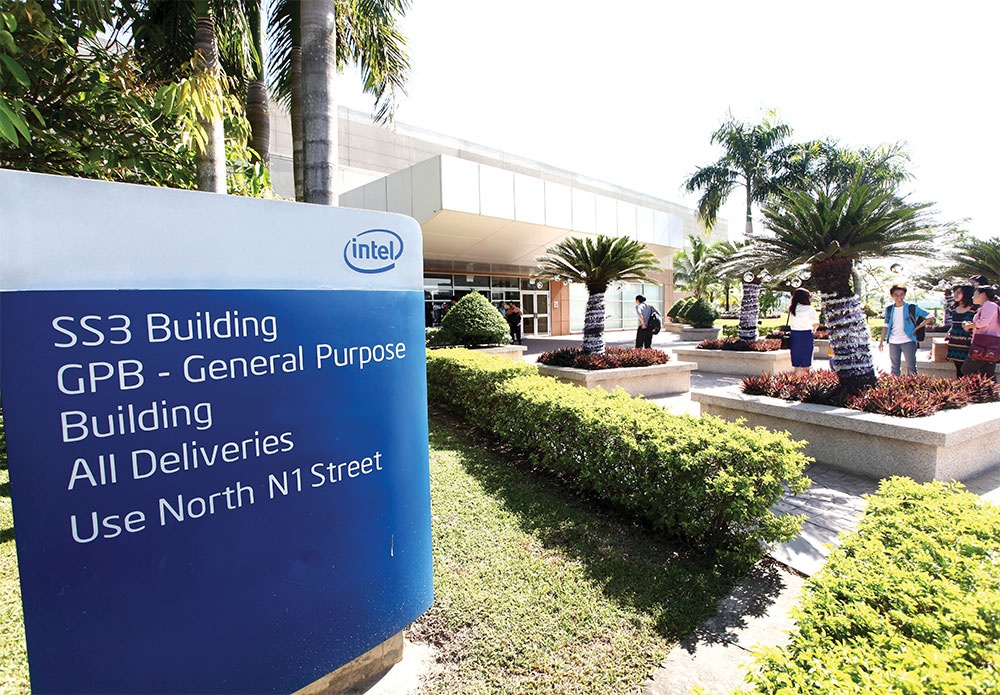 |
| Deals bode well for US-Vietnam ties |
New leverage
Last May, US President Joe Biden launched IPEF negotiations with Australia, Brunei, India, Indonesia, Japan, South Korea, Malaysia, New Zealand, the Philippines, Singapore, Thailand, and Vietnam.
The IPEF is not a traditional trade agreement in that it seeks to improve trade relations by reducing “behind-the-border” trade barriers; leaves enforceability intentionally vague; and does not guarantee that it will not be voided if a new administration takes over in 2024.
The agreement, which focuses on the pillars of supply chains, clean energy, decarbonisation, infrastructure, tax, and anti-corruption, is considered an alternative to the Comprehensive and Progressive Agreement for Trans-Pacific Partnership, which the United States dropped out of in 2017.
“US foreign direct investment in the region totalled more than $969 billion in 2020 and has nearly doubled in the last decade, and we are the leading exporter of services to the region, helping fuel regional growth,” said a White House statement on the IPEF. “Trade with the Indo-Pacific supports more than three million American jobs and is the source of nearly $900 billion in foreign investment in the United States. With 60 per cent of the world’s population, the Indo‑Pacific is projected to be the largest contributor to global growth over the next 30 years.”
By the end of the decade, the Indo-Pacific will represent two-thirds of the world’s middle class, and 59 per cent of all goods and services sold to middle-class consumers will be sold there. Developing nations in the region will need about $1.5 trillion in investment every year for the next decade to develop the infrastructure necessary to sustain growth.
Economic ministers from these nations have had several meetings and will add more to discuss concrete plans to implement the IPEF, including how to boost investment ties from the US into the other 12 nations and vice versa.
“Vietnam has demonstrated its wish to establish and maintain a strong partnership with the US and other nations via the IPEF,” Katherine Tai said. “We have actively been working with each other – in September 2022, we had a ministerial meeting in the US and already had the first meeting with senior leaders. It is expected that the next negotiation will take place next month.”
Meanwhile, Vietnam and the US also crafted the TIFA in 2007. The deal has been updated several times in service of a rise in trade and investment ties between the two countries.
“The US and Vietnam have discussed the TIFA to increase two-way economic ties. Most recently, we organised a TIFA council meeting in 2019 and will continue doing so in the near future,” Tai said.
Last week, Tai also met with the private sector in Vietnam to discuss trade facilitation, which involves the customs clearance processes at border gates and ports.
Upping trade and investment
Adam Sitkoff, executive director of the American Chamber of Commerce in Hanoi, expects US-Vietnam trade and investment ties to further flourish on the back of new cooperation frameworks like the IPEF and the TIFA.
“Vietnam and the United States have developed a healthy commercial relationship that has created jobs, tax revenue, and opportunities for the citizens of both countries,” Sitkoff told VIR. “The US is Vietnam’s largest export market. Vietnam also receives billions of US dollars of foreign investment from US companies each year, much of it to build integrated supply chains that benefit American consumers. At the same time, Vietnam has become one of America’s fastest growing export markets.”
Vietnam-US bilateral trade has witnessed a spectacular soar of nearly 250-fold, from $450 million in 1995 to $123.7 billion last year, when the US was Vietnam’s largest export market, with an estimated turnover of $109.1 billion, up 13.3 per cent on-year.
Accumulatively as of January 20, total US registered investment capital in Vietnam reached $11.42 billion for 1,224 valid projects, making the US the 11th biggest foreign investor in Vietnam.
Vietnam’s potential role as a robust partner was made clear by the eye-popping commitment by carmaker VinFast to construct a $4 billion electric vehicle manufacturing campus in North Carolina. The company plans to employ 7,500 American workers by 2027.
Michael W. Michalak, senior vice president and regional managing director of the US-ASEAN Business Council said, “Many American companies are exploring opportunities to invest billions of US dollars in Vietnam across many projects in agriculture, healthcare, and renewable energy, among others.”
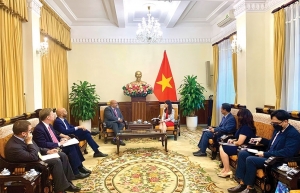 | Building US-Vietnam ties via trade As the United States and Vietnam will approach the 10-year anniversary of the Comprehensive Partnership, it is an exciting time for our bilateral relationship and the United States’ engagement with the broader Southeast Asia region. |
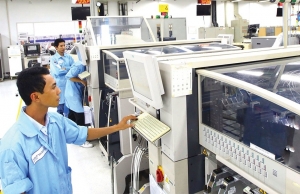 | US investors display confidence in Vietnam Vietnam and the United States are seeking ways to increase their investment and trade ties, with the latter pledging to support the latter in education, training, and the energy transition. |
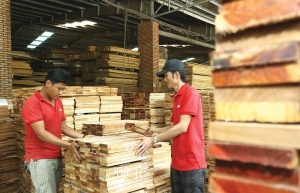 | High inflation dragging down Vietnamese wood exports Associations and businesses have acknowledged that the wood processing industry is struggling as exports to the United States decline. |
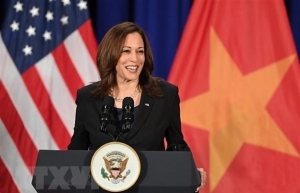 | Thriving trade setting up high-level visit from US With their investment and trade blossoming, Vietnam and the United States are expected to soon see a high-level visit from the latter to the former, which is hoped to lay firm groundwork for both nations to elevate their existing ties to a greater level next year. |
What the stars mean:
★ Poor ★ ★ Promising ★★★ Good ★★★★ Very good ★★★★★ Exceptional
Related Contents
Latest News
More News
- Global partnerships key to Vietnam’s IFC development (December 26, 2025 | 16:18)
- Vingroup pulls out of bid to invest in North-South high-speed railway (December 26, 2025 | 11:42)
- Strengthening supply chains through trade promotions and customs reform (December 24, 2025 | 14:00)
- PM orders investment model for North–South high-speed rail (December 22, 2025 | 17:43)
- LS Eco Energy to invest in Vietnam rare earth sector (December 22, 2025 | 17:31)
- Government moves to establish International Financial Centre (December 21, 2025 | 21:00)
- Vietnam's IFC to target global investment flows (December 21, 2025 | 18:00)
- Two national hospitals expand capacity with new facilities (December 20, 2025 | 09:00)
- Ha Tinh breaks ground on major Vingroup industrial and energy projects (December 19, 2025 | 18:24)
- EVN launches major power infrastructure projects nationwide (December 19, 2025 | 18:17)

 Tag:
Tag:





















 Mobile Version
Mobile Version